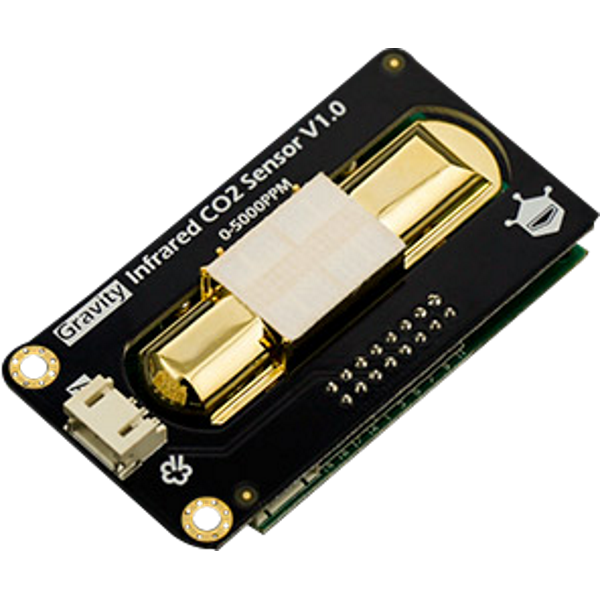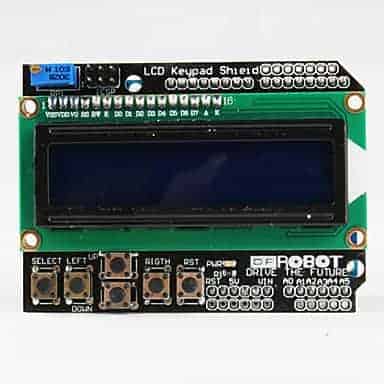

We accept payments via PayPal for orders over 20€. International delivery pricing to Omniva parcel terminals International shipping prices depend on geographic location: International delivery pricing through courier service Payment to Omniva parcel terminals is only possible by bank card. You can pay for the goods at the time of delivery to the courier in cash or by credit card. Local delivery price to Omniva parcel terminals (1-3w.d.) is 3.50€ incl. Local delivery price to Venipak parcel terminals (1-3w.d.) is 2.50€ incl. Local delivery (1-2 w.d.) price for items of any size is through through courier service is 4.50€ (incl.

Orders made until 1AM are shipped the same day. Depending on availability of items, orders are processed within 1-3 work days. Purchased items are delivered locally through Venipak service. Please wait for an email notification regarding Your order status update. You can claim your purchased items within 1 - 2 work days after making an order (if product is in local warehouse).

Display effects: coloured background - black lettering.Backlighting: adjustable RGB backlighting.Overlay compatible with Raspberry Pi versions 3B+ and 4B.On the front side of the overlay, there are 5 functional buttons to control Raspberry Pi. It also enables individual regulation of backlight brightness. It displays in the RGB range - 16 million colors. It presents subtitles in the following configuration: colored background and black subtitles. The screen displays characters in a two-line layout 16x2. To set the backlight off, set pin 10 as output, and immediately set output low (never high!)įor more information, there is discussion on the Arduino forums about this.An overlay produced by DFRobot for Raspberry Pi 3B+ and 4B in the form of an LCD display.To set the backlight on, set pin 10 as input.This may cause the over stressing of the MCU and may reduce its life, or maybe even blow it up. But in the design, a flaw exists, that when pin 10 is set to output, and set high, it could cause the IO pin of the MCU (the main Atmel chip) to deliver too much current (over the datasheet’s maximum rating) to the backlight LED. The library has functions to enable and disable the backlight. Just one thing to mention, they all happen to have a flaw in the design, so don’t use pin 10 when using this shield. There is an example sketch to help you get started. To install, it simply copy the DFR_LCD_Keypad directory into the libraries/ directory in your Arduino installation. You can read what the key state is by reading the analog value at the pin, and comparing it to a set of known expected values. The buttons on the keypad, except for the reset switch, are all connected via a resistor divider to a single analog input pin. I don’t remember exactly what this was for, it was many years ago! This isn’t how it came from the shop, but something I had to modify on the board due to compatibility issues with another shield. There are some jumper wires soldered onto it. I wrote my own Arduino Library for the keypad operation, and just wanted to share it with those who might find it useful. I think I bought this one from eBay a few years ago, but nonetheless, the different ones around are all based on the same circuit. There are quite a few of them around (including some clones?), but they are similar to this one from DF Robot: A few years ago, I purchased one of these 16×2 LCD and Keypad Arduino shields.


 0 kommentar(er)
0 kommentar(er)
